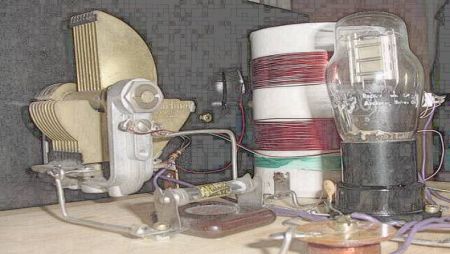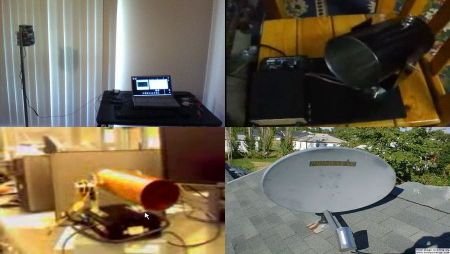
[Tim] noticed a 2.4Ghz WiFi spectrum analyzer on thinkgeek a while ago and got curious. He knew that the spectrum analyzers with which he was familiar were giant expensive units, so he got curious what this little dongle was. It turns out, it really wasn’t much at all. Just a simple wireless receiver. He decided that rather than spending the $399 for one, he would toss one together using an Xbee. His total cost ended up at roughly $50 for basically the same unit. While he doesn’t give a schematic, you can download his source code on the site.














